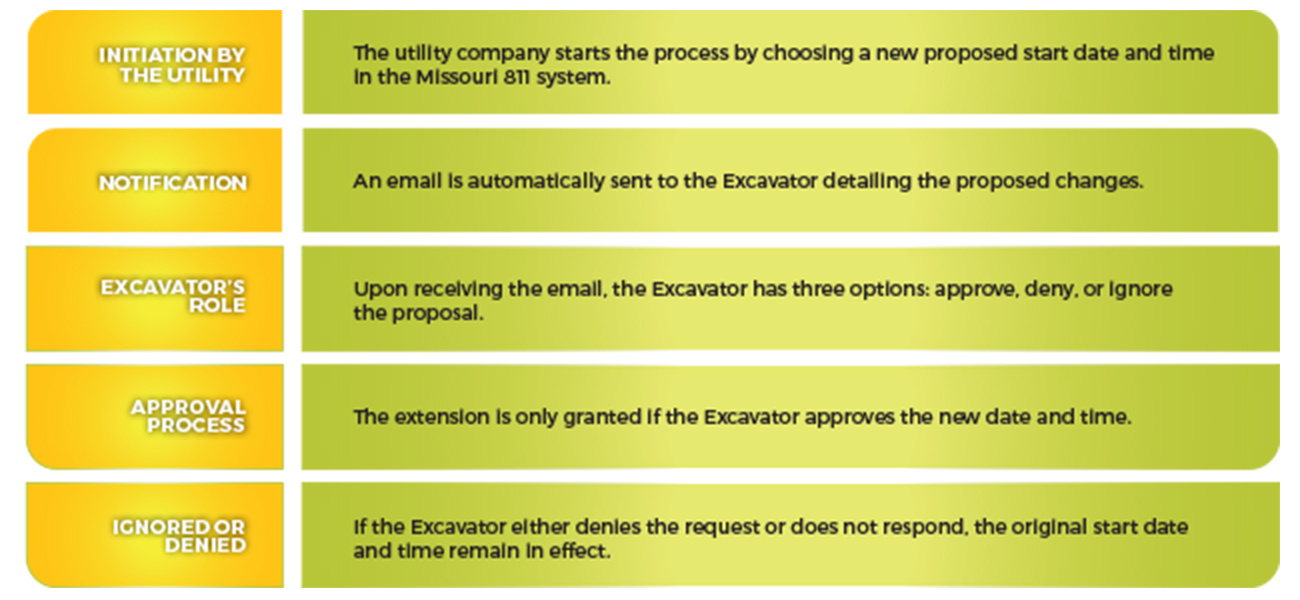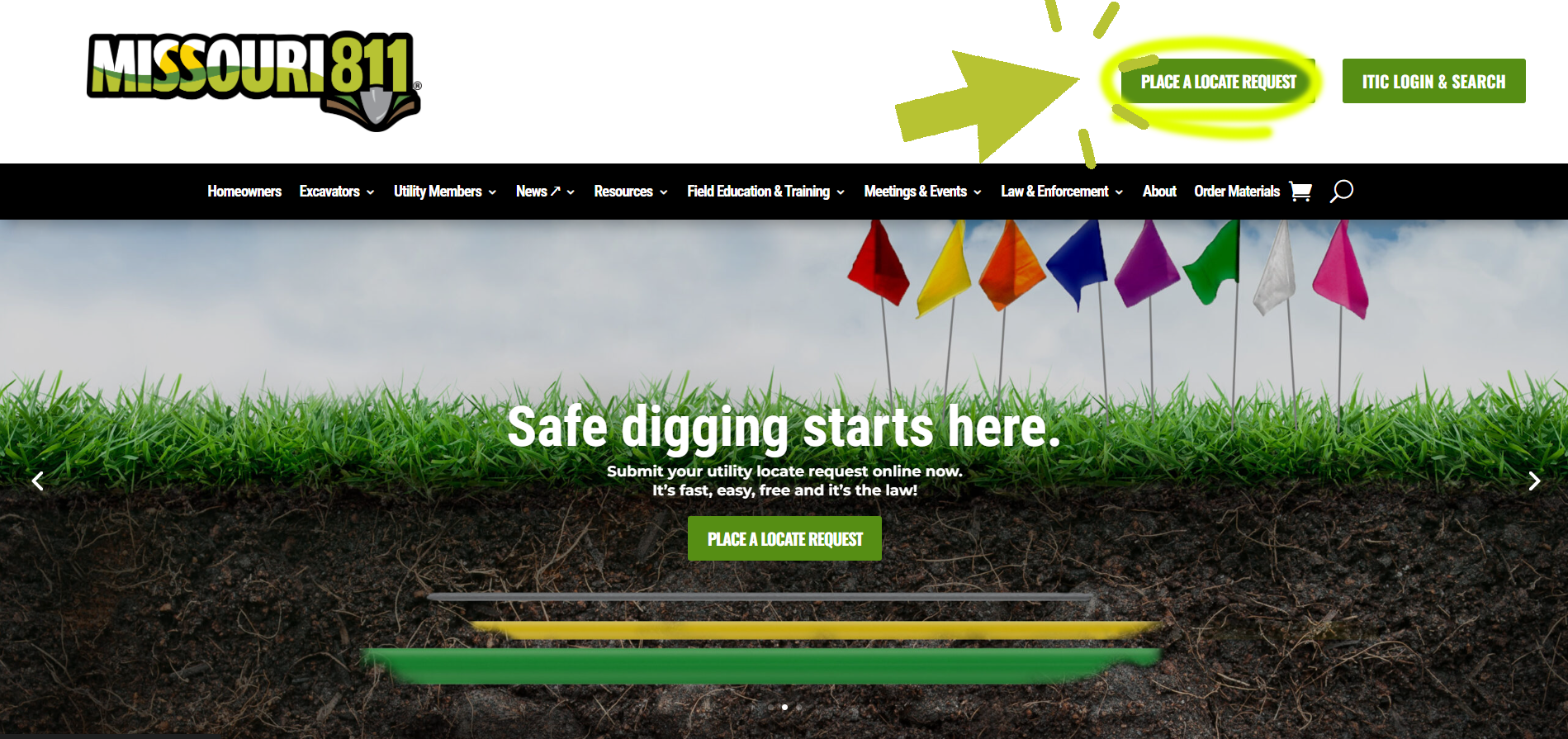White Lining: A Must-Do Step for Safe Excavation
When it comes to excavation, safety and precision are paramount. That’s where white lining comes into play. It’s a simple yet crucial practice every excavator should follow before starting any project. Let’s dive into what white lining is and why it’s essential for every dig.
What is White Lining?
White lining is the practice of marking the proposed excavation areas with white paint or flags on the ground. This preliminary step is done before you request a utility locate through Missouri 811. By clearly outlining where you plan to dig, utility locators will devote more attention to locating their underground utilities in the vicinity of the excavation area, ensuring that you avoid damaging underground utilities.
Why White Lining Matters
1. Increases Safety: White lining helps prevent accidents and injuries by ensuring that all underground utilities are properly marked before digging begins. This reduces the risk of hitting gas lines, electrical wires, or other critical infrastructure.
2. Enhances Accuracy: By providing a clear visual of the excavation area, utility locators will focus on providing detailed markings to help prevent damaging their underground public utilities.
3. Saves Time and Resources: With accurate locate markings, you’re less likely to encounter unexpected utility lines, which can cause delays and costly repairs. White lining before making a locate request streamlines the process, helping your project stay on schedule.
4. Promotes Communication: White lining serves as a visual communication tool between excavators and locators. It visually conveys the scope of the project, ensuring everyone involved understands the work area.
How to White Line Effectively
- Use White Paint or Flags: Mark the proposed dig area with either white spray paint or flags. Ensure the markings are visible and cover the entire area where excavation is planned.
- Be Specific: If your project involves multiple excavation sites close to each other, clearly mark each area. These markings help locators understand the project’s scope and mark utilities accurately for each section.
- Include Details: If possible, provide additional details next to your white lining, such as the depth of excavation or the nature of the work. This information can be invaluable for locators.
White lining isn’t just a recommended step, it’s a crucial part of safe excavation practices. By taking the time to mark the excavation site before contacting Missouri 811, you’re taking an important step toward protecting yourself, your team, and your community. Always remember: a little white paint goes a long way in ensuring a safe and efficient excavation process.





